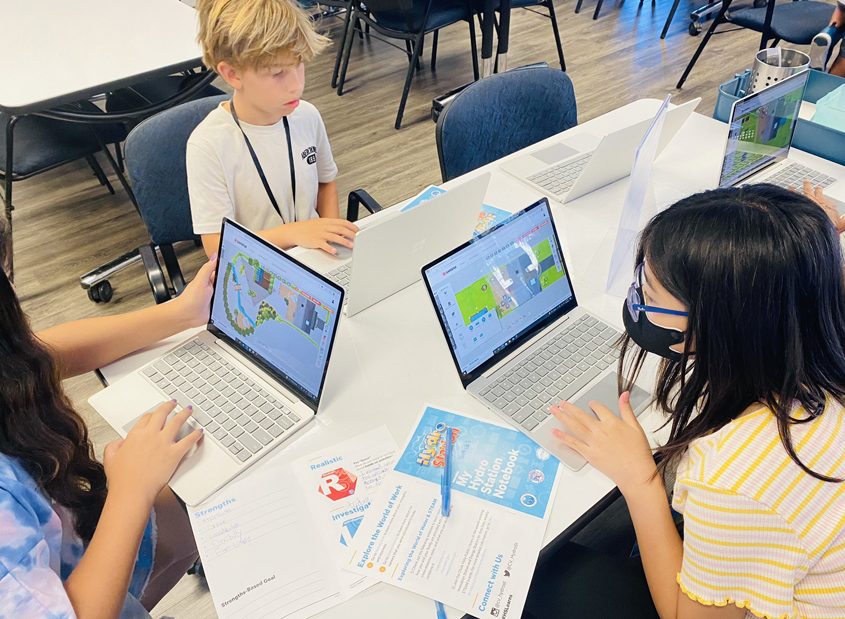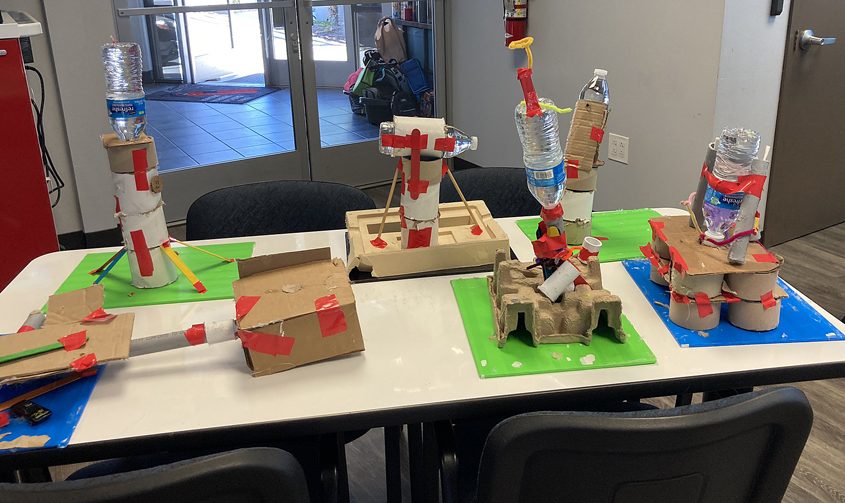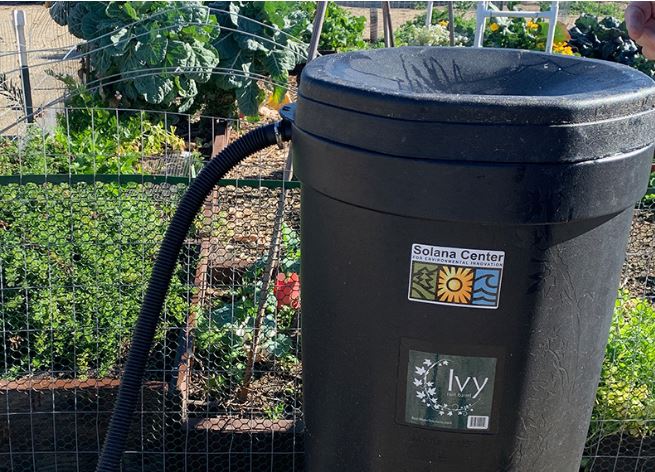Save Money and Water With These Quick Tips
Consumer Reports and NBC 7 Responds’ Claudia Simones look at ways to help you save money and help during drought conditions.
Consumer Reports and NBC 7 Responds’ Claudia Simones look at ways to help you save money and help during drought conditions.
Last month, California Natural Resources Agency Secretary Wade Crowfoot warned Bay Area residents to brace for a fourth dry year in a row. As the state’s drought continues to compromise the drinking water supply of millions of people across the state, for some Californians, scarcity isn’t the only reason they can’t access water.
For California’s low-income communities, the cost of potable water is increasingly out of reach.
California’s largest reservoir, Shasta Lake, is located 175 miles north of Sacramento. But what happens there impacts farming throughout the entire Central Valley.
Shasta Lake is capable of holding 4,552,100 acre-feet of water, which is almost five times the capacity of Folsom Lake. When full, Shasta boasts 365 miles of scenic shoreline. But for those visiting the lake in recent months, it is impossible to ignore how that shoreline is shrinking. The water is about 150 feet below the ideal surface level.
“We’re coming out of the three driest years on record,” explained Don Bader, area manager for the Bureau of Reclamation. “So that’s a huge hit to our storage, as you can see.”
In a fast-paced trip through the evolution of California’s water rights, attorney Valerie Kincaid explained how the system has gone from the “wild, wild west” to one pervaded by ever greater government creep.
By expanding its authorities under what had been thought of as several limited court decisions, state government is now essentially dictating operations on several watersheds, has ignored priority rights and is on the verge of amassing even more control under the guise of “modernization,” Kincaid told a packed room during a Water Association of Kern County luncheon on Tuesday the Water Board.
As its fourth year begins, the Chula Vista Hydro Station offers new activities in 2022, helping Chula Vista Elementary School District students learn about using water wisely through hands-on activities.
A unique joint educational partnership between the Sweetwater Authority, the Otay Water District, and the Chula Vista Elementary School District, the Hydro Station, opened in 2019 at the Richard A. Reynolds Groundwater Desalination Facility.
More than 4,000 students visit the Hydro Station annually and learn more about careers and opportunities in the water and wastewater industry through various learning experiences.
“Sweetwater Authority’s Board is proud to continue to support the Hydro Station for another school year,” said Board Chair Alejandra Sotelo-Solis. “We’re excited that more students will have the opportunity to visit our Reynolds Groundwater Desalination Facility to learn about how water agencies deliver safe, reliable water to our communities and discover the vast career opportunities in the water industry.”

Students get the opportunity to practice landscape design with a watersmart focus. Photo: Chula Vista Elementary School District
This year, students can step into the role of a civil engineer and learn about the ways water is transported across long distances. They take what they learn and try their hand at designing a model of an aqueduct.
Students are also invited to explore the artistic aspects of water management by taking on the role of a landscape architect. They work in teams to design beautiful, WaterSmart landscapes using various design elements.
“The Otay Water District believes this Hydro Station effort is critical to educating the younger generation about water industry jobs as they prepare for their futures,” said Otay Board President Tim Smith. “We continue to promote and recruit for water industry jobs, and this program is another resource to help us to increase the talent pool in the industry as our youth learn about what is available to them early on.”

Projects in progress by Halecrest Elementary School students at the Hydro Station. Photo: Chula Vista Elementary School District
The Hydro Station is an interactive educational space with learning exhibits and hands-on activities dedicated to introducing fifth-grade students to the ecological cycle of water, water conservation, water quality, and careers in the water industry.
Locally, more than 2,800 people work in the water and wastewater sector at the San Diego County Water Authority and its 24 member agencies. One-third of these industry professionals will be eligible for retirement in the next few years. The Hydro Station helps develop interest among a new generation of potential water professionals to participate in the mission to deliver safe and reliable water to hundreds and thousands of people in communities who rely on this essential workforce.
Students participate in activities focused on career opportunities, learning how their strengths, interests, and values may align with career options through hands-on activities connecting to specific careers. It also educates children, their families, and the community on the thoughtful use of water resources.
(Editor’s note: The Otay Water District and the Sweetwater Authority are two of the San Diego County Water Authority’s 24 member agencies that deliver water across the metropolitan San Diego region.)
The latest measurements from the National Oceanic and Atmospheric Administration shows the American West is in for another dry La Niña winter, unwelcome news for the West currently struggling to keep flowing its main source of water: the shrinking Colorado River.
“That’s the worry in the present situation is that the odds now are now with La Niña are tilted against a really wet winter, at least in the southern half of California which of course has already been really dry,” said Dan Cayan, a research meteorologist at the Scripps Institution of Oceanography.
Even as the recent 15-day watering ban in LA county ended earlier than scheduled last week, water – specifically lack of water – remains a top concern for many city officials. However, Santa Monica Water Resource Manager Sunny Wang reported to the planning commission last week that unlike some nearby municipalities, Santa Monica’s is on track to maintain the stability of the city’s water supply and eventually make the city self-sufficient in terms of water.
To encourage water conservation as drought conditions persist, Carlsbad Municipal Water District, Olivenhain Municipal Water District, San Dieguito Water District, and Santa Fe Irrigation District have partnered to offer discounted rain barrels to area residents this fall. Collecting rainwater for future use not only can save drinking water and money, but also reduces irrigation runoff that can carry pollutants into local waterways and beaches.
Lake Mead’s receding water levels are now revealing ancient volcanic eruptions from millions of years ago.
Lake Mead is the biggest man-made reservoir in North America, formed by the Hoover Dam. Its water levels are rapidly evaporating due to the ongoing megadrought gripping the southwestern United States.
Encinitas, Calif. — To encourage water conservation as drought conditions persist, Carlsbad Municipal Water District, Olivenhain Municipal Water District, San Dieguito Water District, and Santa Fe Irrigation District have partnered to offer discounted rain barrels to area residents this fall. Collecting rainwater for future use not only can save drinking water and money, but also reduces irrigation runoff that can carry pollutants into local waterways and beaches.
Although average rainfall in San Diego County is just under ten inches annually, even light rain can provide a sufficient amount of water for later use. For example, a roof with a 2,000‐square‐foot surface area can capture 300 gallons from only a quarter inch of rain.

Rain barrels ordered from October 1 to November 30 will be available for pick up at Solana Center for Environmental Innovation located at 137 North El Camino Real in Encinitas. Photo: Solana Center
Fifty‐gallon barrels are on sale for $97, with a final cost of $62 after a $35 rebate from water wholesaler Metropolitan Water District of Southern California. Rebates on rain barrels and other water‐saving measures are available at www.socalwatersmart.com.
Rain barrels ordered from October 1 to November 30 will be available for pick up at Solana Center for Environmental Innovation located at 137 North El Camino Real in Encinitas. Visit www.solanacenter.org/rain‐barrels for more information and to order rain barrels.
Catching rain in barrels not only saves water for use in gardening and landscaping but also prevents rainwater from draining to the ocean and picking up contaminants along the way.
(Editor’s note: The City of Carlsbad, Olivenhain Municipal Water District, San Dieguito Water District and the Santa Fe Irrigation District are four of the San Diego County Water Authority’s 24 member agencies that deliver water across the metropolitan San Diego region.)
